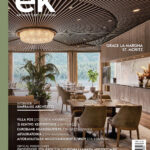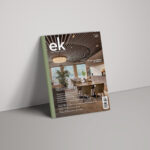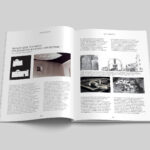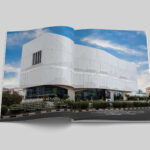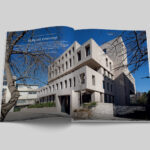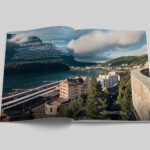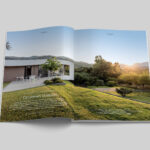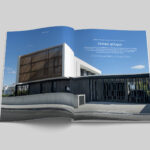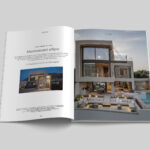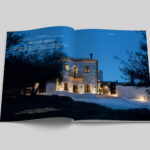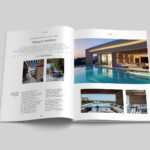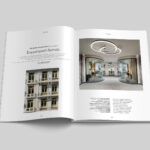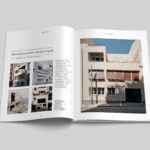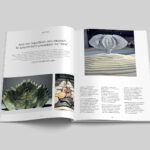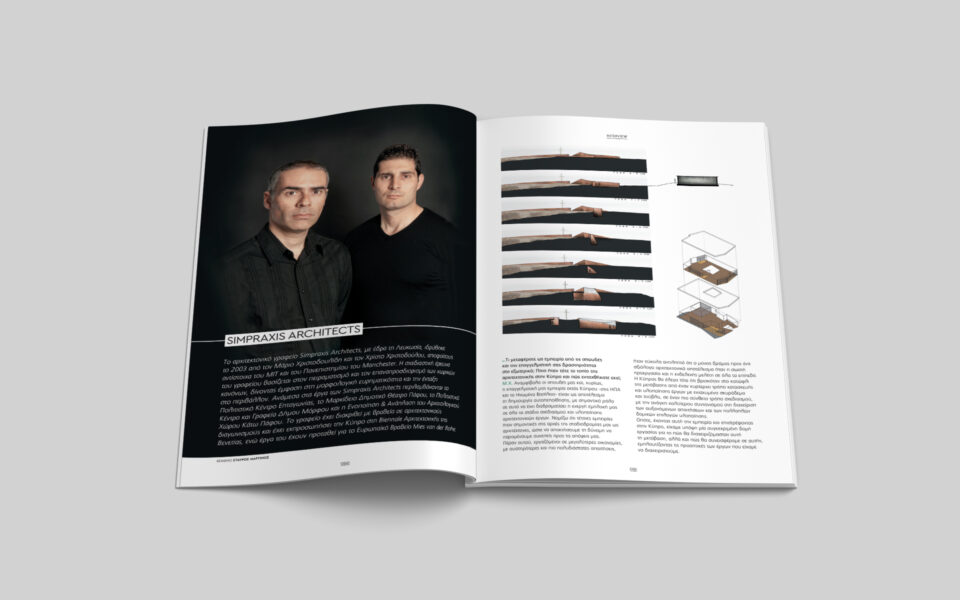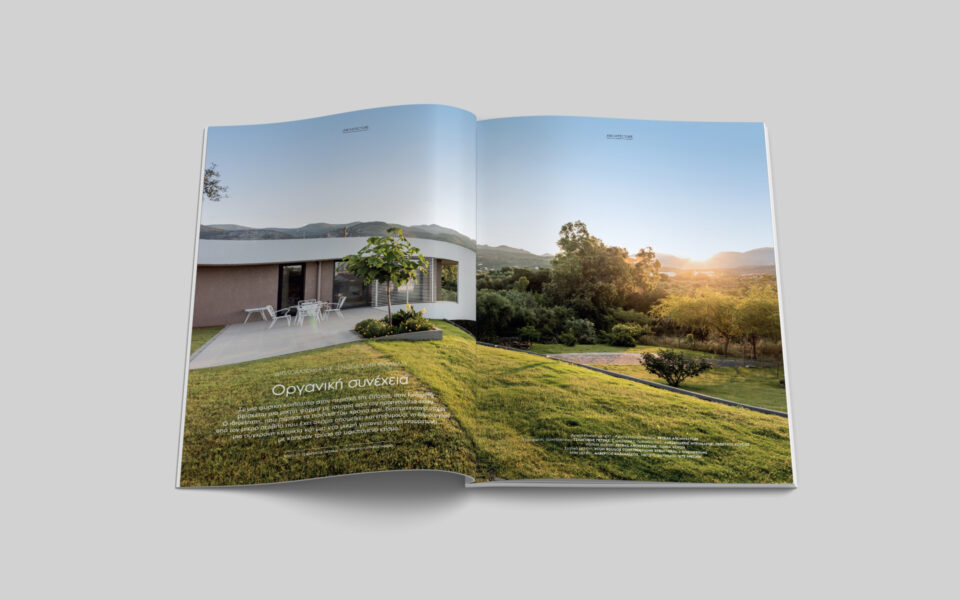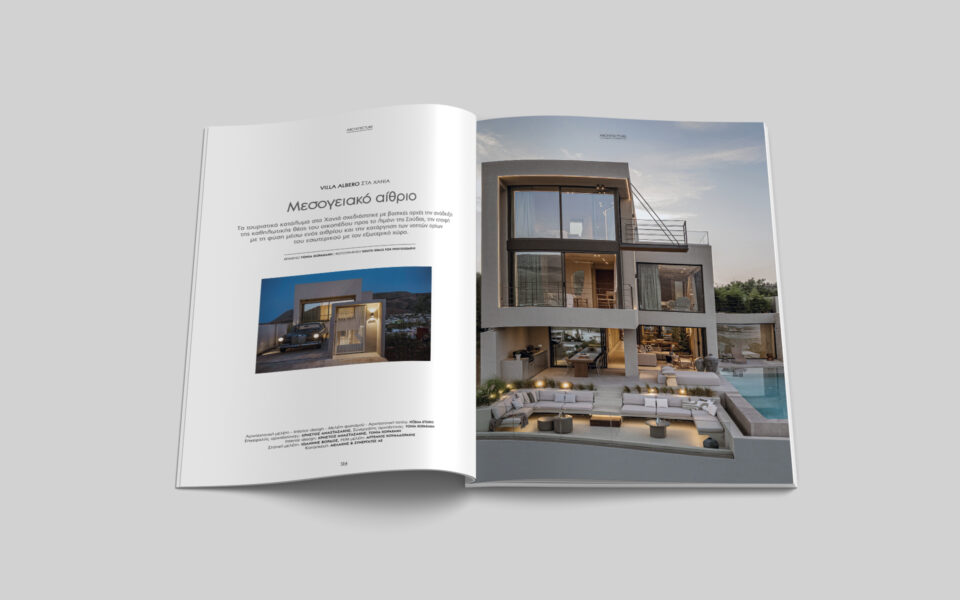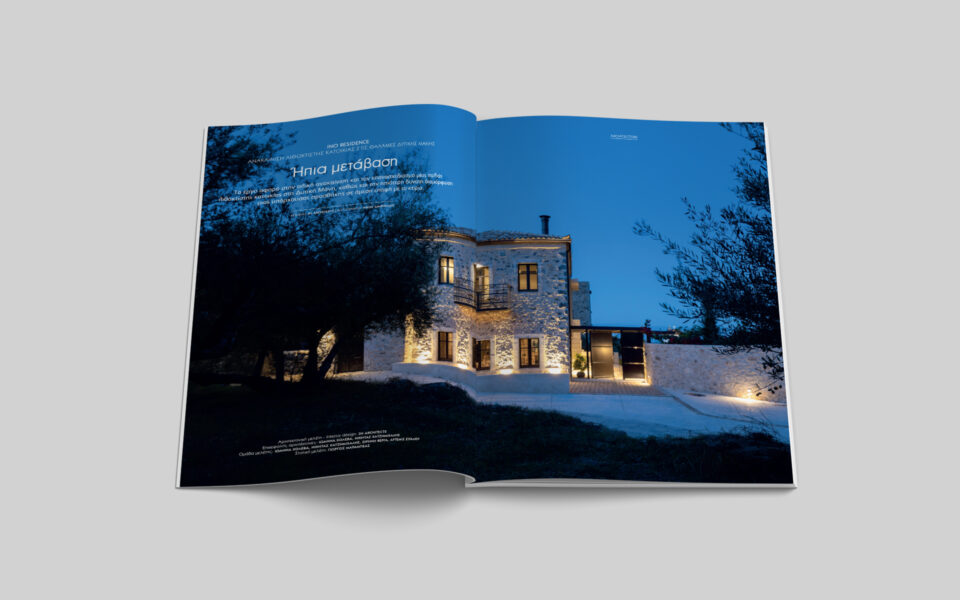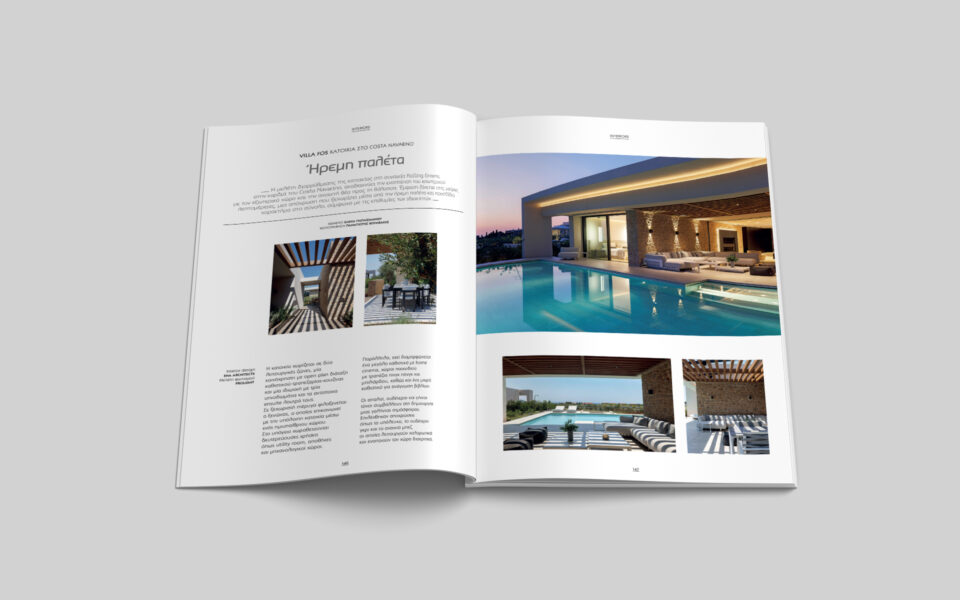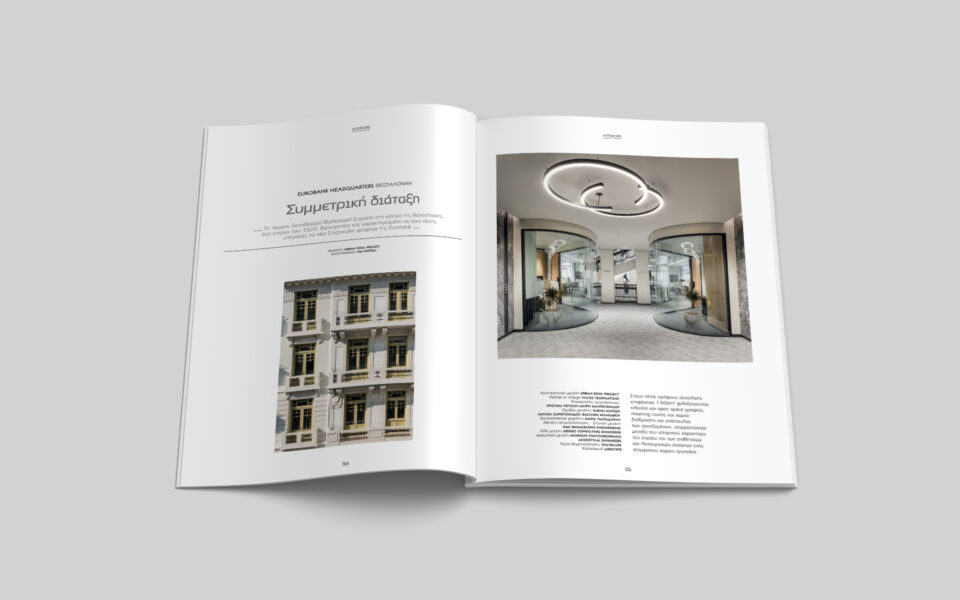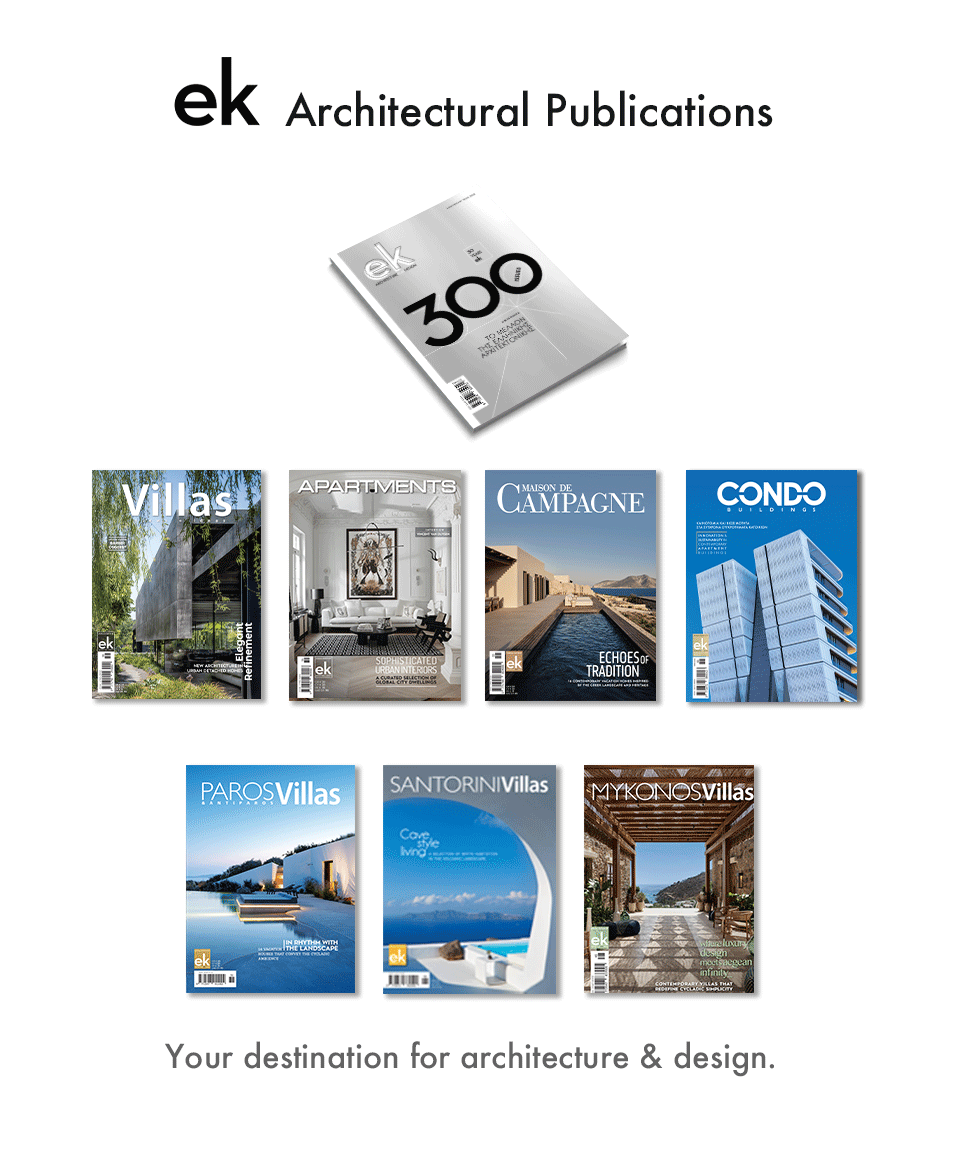Liu Jiakun
The 2025 Pritzker Prize has been awarded to Chinese architect Liu Jiakun (b. 1956). He is the third architect from China to receive this highest international honor in architecture, often compared in prestige to a Nobel Prize. As always, the announcement generated widespread coverage of his career and body of work. Particularly noteworthy is the jury’s statement (chaired this year by Alejandro Aravena), which praised Liu for his ability to “[…] conceive and realize new worlds, free from stylistic or aesthetic conventions.”
A closer look at his biography reveals an unexpected chapter: disappointed with the practice of architecture early in his career, Liu withdrew from the profession for more than a decade. During this time, he turned to painting and novel writing -activities he continues to pursue alongside his architectural work since returning to practice in 1999.
It is not unusual for architects to engage in the visual arts or even attempt writing. Liu Jiakun, however, has maintained for decades a genuine dual path in both architecture and literature. As he explains: “Writing novels and practicing architecture are distinct forms of art, and I never deliberately sought to combine them. Yet there is an inherent connection between them in my work -whether in the narrative quality of spatial composition or in the pursuit of poetry through design.”
By pointing to these two dimensions -the architect’s understanding of space as narrative and the aspiration to reveal its poetic essence- Liu not only emphasizes fundamentals principles but also revives the idea of the architect as a contemporary Homo Universalis. His work embodies Renaissance ideals: critical thought, broad learning, and the capacity to act across different realms of art and science.
At a time when architecture is promoted and consumed instantly through images on social media, the figure of an architect who writes novels at night in order to design better the next morning -and vice versa- seems almost improbable. Yet the qualities and intellectual depth that define Liu’s built work are inseparable from his wide-ranging engagement with the arts and letters. They stem from the cultivation of thought and skills whose impact on design may not be immediate but is profoundly significant. His oeuvre, therefore, stands as a lesson not only in architecture, but also in the diverse ways we prepare ourselves to serve it with meaning and depth.
Ariadni Vozani
